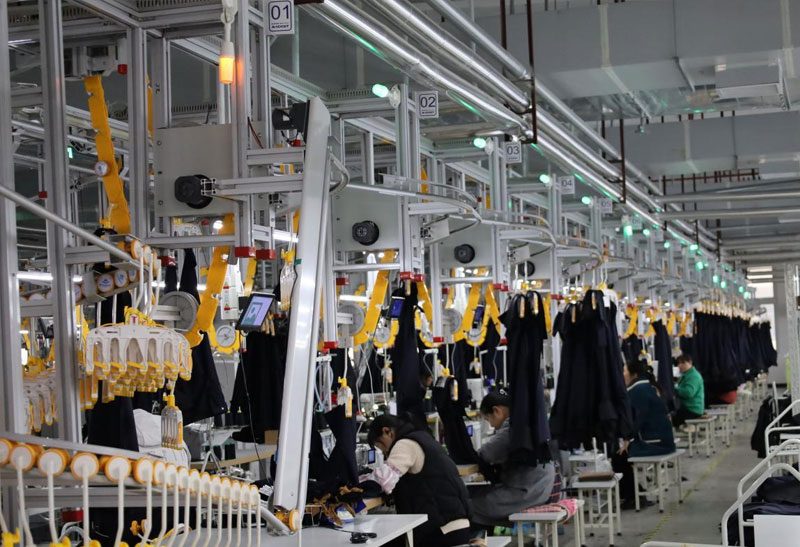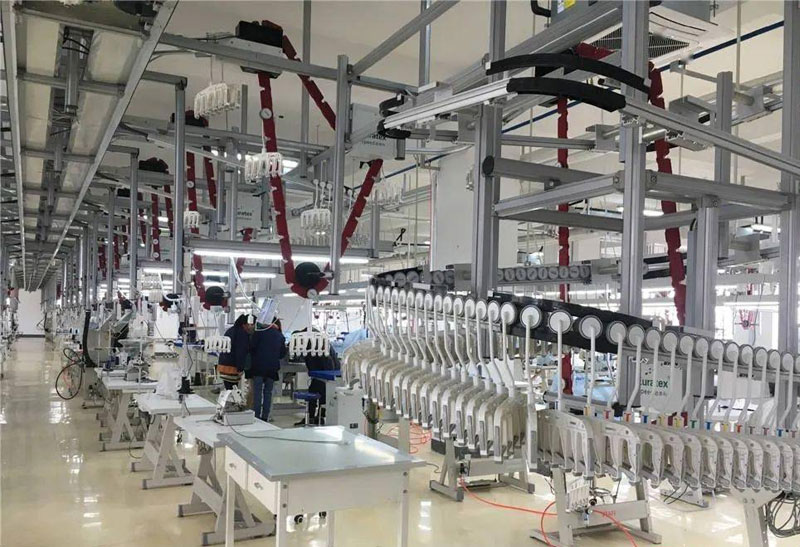Knitted clothing is highly favored by consumers for its softness, comfort and diverse styles. Globally, there are numerous places that produce knitted garments, and each place has its own unique production methods and characteristics. This article will take you to explore the knitting industries around the world and find out which places produce knitted garments.
First of all, China is one of the largest producers of knitted clothing in the world. China has a complete knitted garment production chain, covering from raw material supply to finished product production, and then to sales channels, forming a mature industrial cluster. Especially in the coastal areas such as Guangdong, Zhejiang, and Jiangsu, a large number of knitted garment manufacturing enterprises have gathered. These enterprises not only produce domestic sales products but also undertake a large number of international orders, and their products are exported to regions such as Europe, America, and Southeast Asia.
Secondly, Italy is a world-renowned fashion capital and an important production base for high-end knitted clothing. Italy's knitting industry is renowned worldwide for its exquisite craftsmanship, unique designs, and high-quality fabrics. Especially in cities like Milan and Florence, there are many well-known knitting brands and designers, whose works represent the highest level of knitted clothing.
Apart from China and Italy, countries such as India, Turkey, and Bangladesh are also important producers of knitted clothing. The knitted industries in these countries have advantages due to their low labor costs and abundant raw material resources. Many international brands have shifted their production lines to these countries to reduce production costs and enhance market competitiveness.


It is worth noting that with the advancement of technology and changes in consumer demands, some emerging knitting industries are emerging. For instance, the application of 3D printing technology in the field of knitted clothing has made the production process more flexible and personalized; the promotion of environmentally friendly materials and sustainable production methods has also made the knitting industry greener and more environmentally friendly. These emerging knitting industries are changing the traditional production model and providing consumers with more choices.
In summary, the production of knitted garments is widespread across the globe, and each location has its own unique advantages and characteristics. From large-scale production in China to high-end customization in Italy, from low-cost manufacturing in India to environmental innovation in France, the knitted industry is showing a trend of diversification and personalization. As consumers, we can choose knitted clothing from different origins based on our own needs and preferences, enjoying the perfect combination of comfort and fashion.






